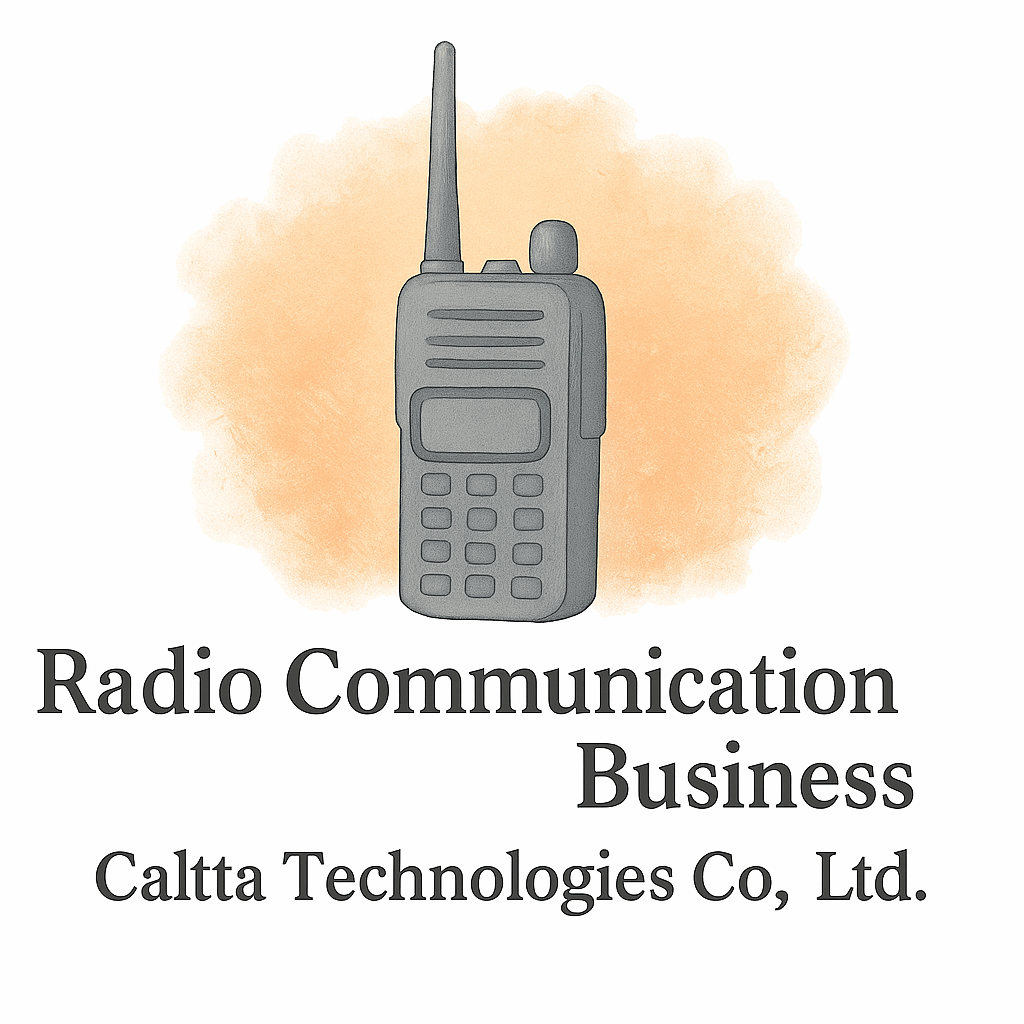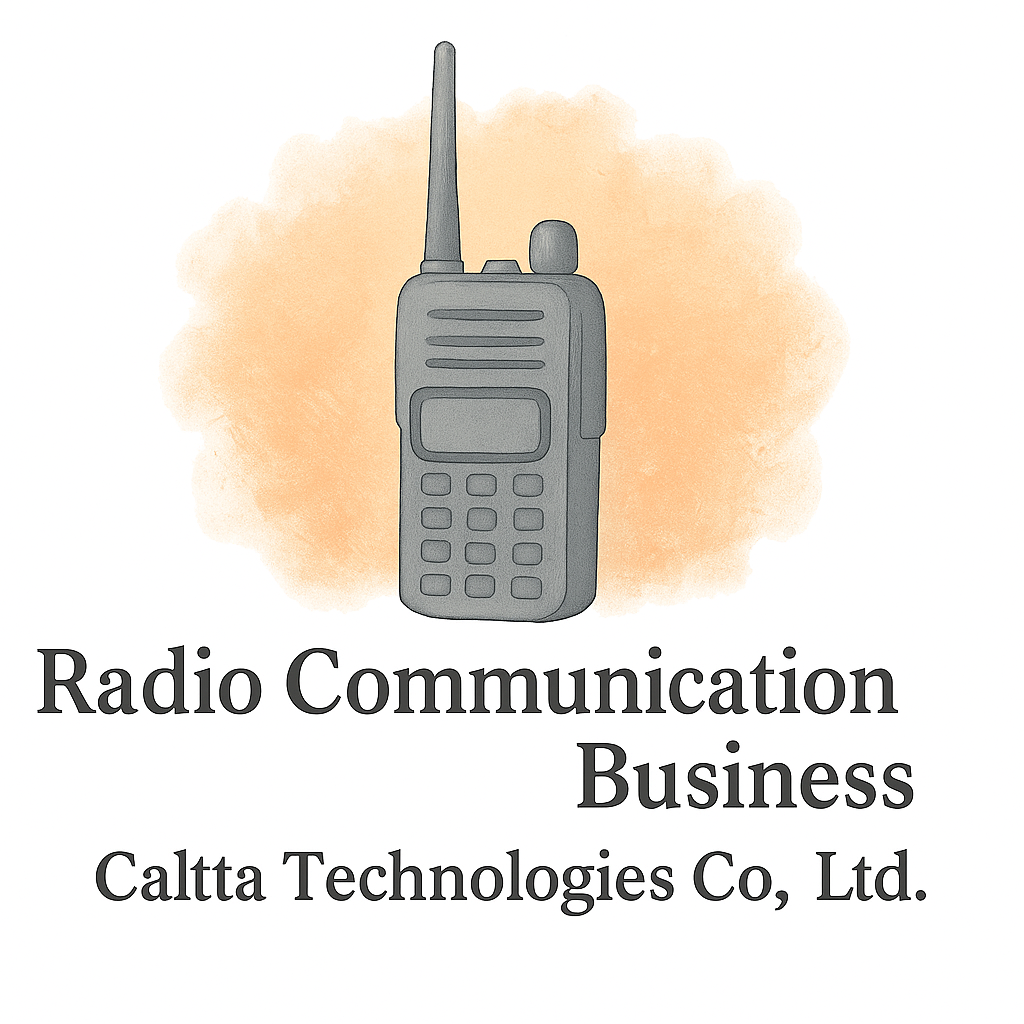Introduction: Why Communication Systems Are the Backbone of Modern Business
Think about it—what’s the one thing that keeps teams in construction sites, security companies, logistics firms, or even large events running smoothly? Communication. Without a reliable system, operations slow down, mistakes multiply, and safety risks increase. That’s why knowing when your radio communication system needs an upgrade is critical for any business that relies on fast, clear, and consistent messaging.
The Role of Radio Communication in Today’s Industries
Radios might sound old-school compared to smartphones and digital apps, but they remain one of the most cost-effective, secure, and reliable ways to connect teams across industries.
Safety and Security Applications
From hospitals to airports, radio systems ensure immediate responses during emergencies. When seconds matter, relying on outdated tools could mean life or death.
Coordination and Efficiency in Teams
On construction sites or in warehouses, radios help supervisors coordinate teams in real-time, boosting efficiency while keeping operations on schedule.
Cost-Effectiveness Compared to Other Tools
Unlike smartphones, radios don’t depend on cellular data plans or Wi-Fi connections. Once you invest in the system, ongoing costs are minimal—unless the system is too old to function effectively.
Sign #1: Frequent Signal Drops and Dead Zones
When was the last time your team lost communication in a critical moment? If your radios often cut out or drop signals, that’s a clear red flag.
How Dead Zones Affect Daily Operations
Dropped calls or static-filled messages can delay instructions, cause misunderstandings, and even create safety risks. For example, a warehouse team member in a signal dead zone may not hear urgent updates about equipment movement.
Why This Signals an Outdated System
Older systems weren’t built to handle today’s sprawling worksites, multi-floor facilities, or urban interference. If dead zones are common, your radio communication system needs an upgrade to cover more ground.
Sign #2: Poor Audio Quality and Distorted Sound
You’ve probably experienced it: muffled voices, static, or words cutting in and out.
Miscommunication Leads to Mistakes
Poor audio quality means team members may misunderstand instructions, leading to costly errors. Imagine a delivery driver hearing “turn left” as “turn right” in a congested city—that’s not just inconvenient, it’s dangerous.
The Technology Gap in Old Radio Systems
Modern radios use advanced noise-canceling and digital clarity features. If your system can’t filter background noise or deliver crisp sound, it’s falling behind.
Sign #3: Limited Coverage and Range Issues
If your radios work fine in one part of your facility but fail in another, it’s a problem.
When Your Radios Can’t Keep Up with Growth
As your business expands into larger facilities, warehouses, or outdoor spaces, your radio communication system needs an upgrade to keep pace with demand.
Expanding Facilities, Shrinking Communication
It’s ironic—your company grows, but your coverage shrinks. Without proper range, your team is essentially working in silos.

Sign #4: Lack of Integration with Modern Technology
Old radios were built to transmit voice, nothing else. Today’s communication requires more.
Smartphones, IoT, and Beyond
Modern systems can integrate with apps, GPS, emergency alerts, and even Internet of Things (IoT) devices. If your radios can’t connect with these tools, you’re missing out on productivity gains.
The Need for Interoperability
Your radios should work seamlessly with other communication channels. When they don’t, coordination suffers, and your competitors—who’ve already upgraded—pull ahead.
Sign #5: Rising Maintenance Costs and Downtime
Sometimes the writing is on the wall—or in this case, the repair bill.
When Repairs Cost More Than Upgrades
If your team spends more time and money fixing radios than using them, your system is draining resources. It’s like patching a sinking boat—it only works for so long.
Downtime’s Impact on Productivity
Every hour your system is down, your business loses money. Smooth operations require dependable communication. That’s why constant breakdowns mean your radio communication system needs an upgrade.
Sign #6: Compliance and Security Risks
Regulations evolve, and so do security threats.
Legal Requirements for Modern Communication
Industries like aviation, healthcare, and security must comply with strict communication standards. Outdated systems often fail to meet these compliance requirements. See more insights at Caltta International – Industry Insights.
Protecting Sensitive Business Information
Older systems may lack encryption, making them vulnerable to eavesdropping. In industries dealing with sensitive information, that risk is simply unacceptable.
How to Evaluate If Your Radio Communication System Needs an Upgrade
Conducting a Communication Audit
List issues like dropped calls, coverage gaps, and repair frequency. If problems keep piling up, it’s time for change.
Consulting with Industry Experts
Partners like Caltta International can help evaluate your needs and recommend the right equipment and technology.
Benefits of Upgrading Your Radio Communication System
Improved Safety and Productivity
Clearer, more reliable communication reduces accidents and boosts efficiency.
Future-Proofing Your Business
With scalable systems, you won’t outgrow your radios as quickly. They adapt as your business grows.
Cost-Saving Strategies for System Upgrades
Budgeting for Communication Tools
Plan upgrades within your business startup basics or expansion budgets. Keeping costs predictable prevents surprises.
Leveraging Tax Benefits and Incentives
Some industries qualify for incentives when upgrading communication systems. Always check financial planning resources like Caltta International’s guide.
Choosing the Right Communication Technology Partner
What to Look for in a Vendor
Look for expertise, after-sales support, and scalability.
Why Expertise Matters
An experienced provider ensures compliance, reduces downtime, and helps you avoid costly mistakes.
Common Mistakes to Avoid When Upgrading
Focusing Only on Price Over Quality
Cheap radios may save upfront costs but lead to higher expenses later.
Ignoring Training and Support
Without proper training, even the best systems fail. Always include onboarding in your upgrade plan.
Conclusion: The Future of Radio Communication in Business
Upgrading isn’t just about getting shiny new radios—it’s about protecting your team, improving efficiency, and staying competitive. If you’ve noticed any of the six warning signs, your radio communication system needs an upgrade sooner rather than later. By planning carefully, choosing the right partner, and avoiding common pitfalls, you’ll set your business up for clearer communication and smoother operations well into the future.
FAQs
1. What industries benefit most from upgraded radio communication systems?
Construction, healthcare, logistics, aviation, and event management see the greatest benefits.
2. How often should businesses evaluate their communication systems?
At least every 3–5 years, or sooner if performance issues arise.
3. Are digital radios better than analog radios?
Yes, digital radios provide clearer sound, better range, and enhanced features like encryption.
4. What’s the average lifespan of a radio communication system?
Typically 5–7 years, depending on usage and maintenance.
5. Can old radios be integrated with new systems?
Some can, but integration is limited. A full upgrade is often more efficient.
6. How do I know if my business needs a system audit?
If you’re experiencing frequent signal drops, rising repair costs, or compliance concerns, it’s time.
7. Where can I learn more about industry insights and technology upgrades?
Check resources at Caltta International for industry insights, equipment and technology, and expert advice.


